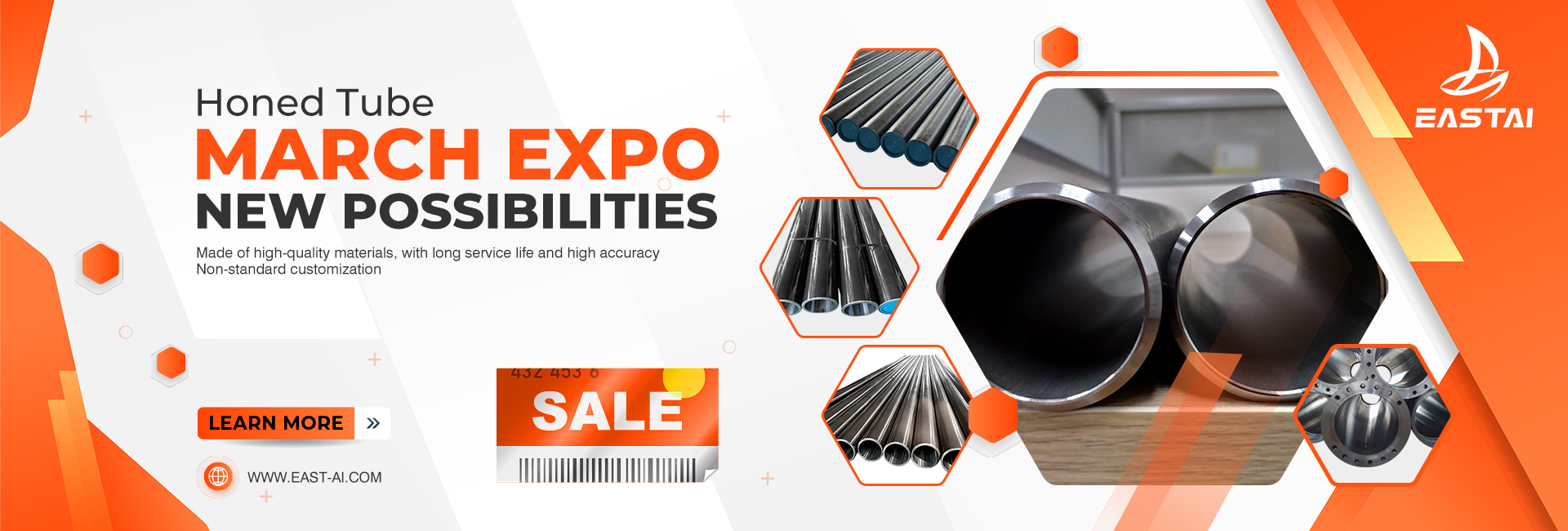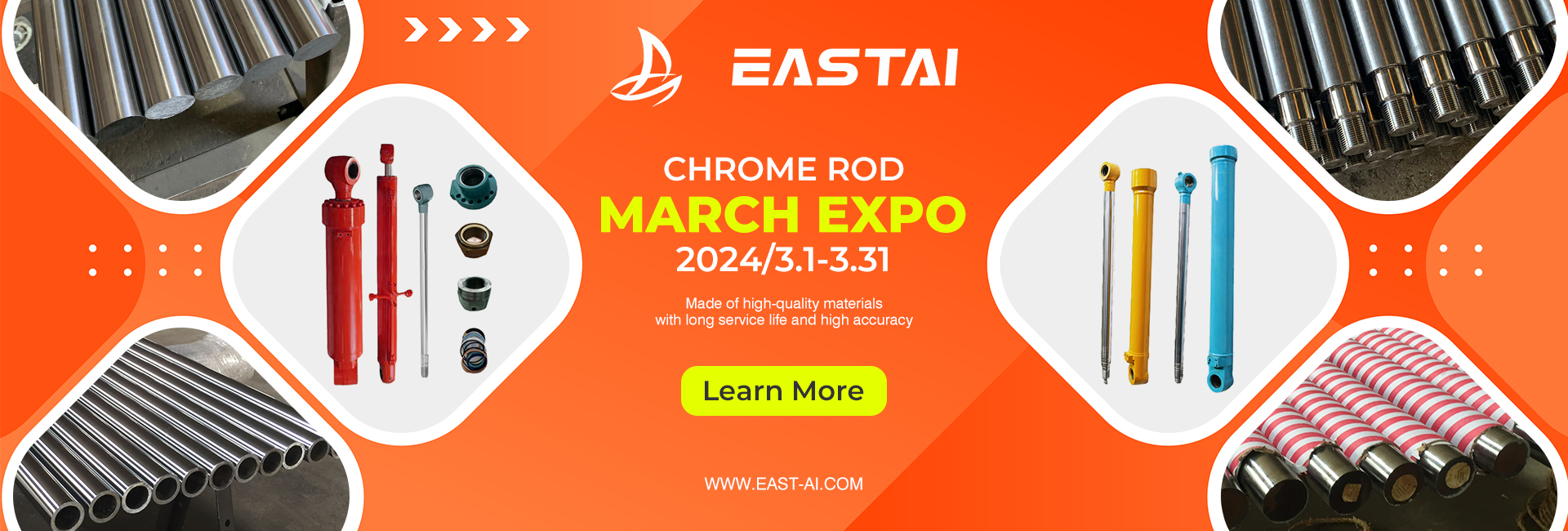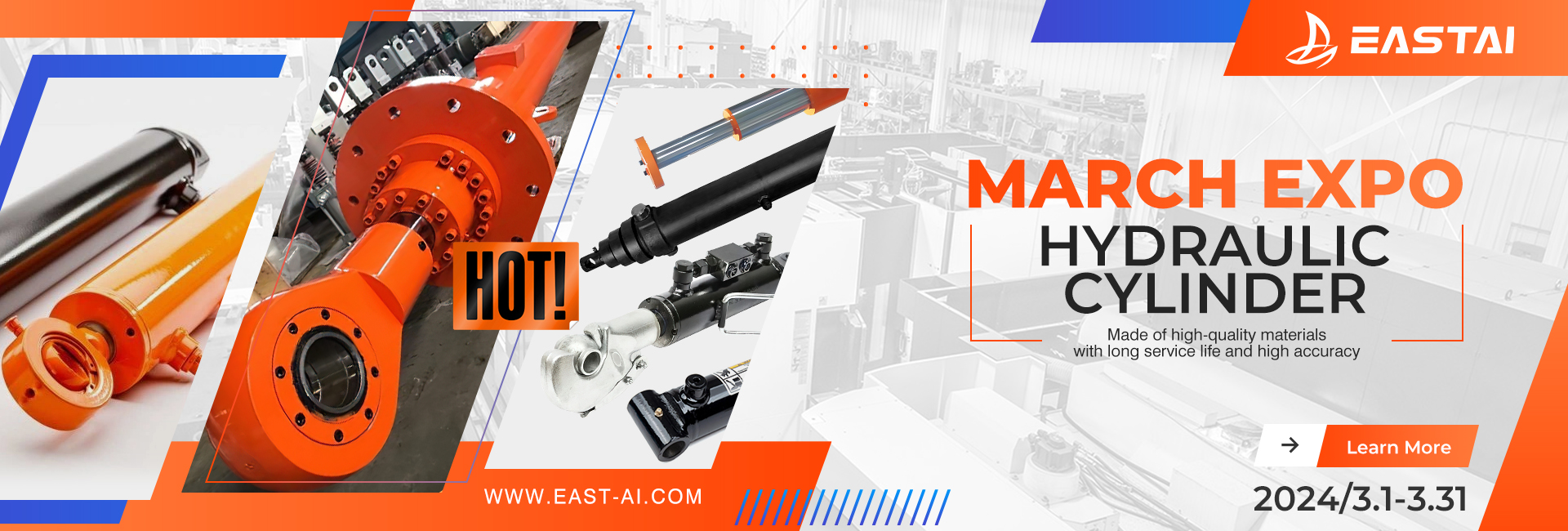Carbon Steel Pipe | The Backbone of Industrial Piping
Introduction to Carbon Steel Pipe
Definition and Overview
Carbon steel pipe is a staple in various industries, revered for its strength, versatility, and affordability. Comprising iron and carbon, this type of steel pipe offers a balance of durability and malleability, making it an ideal choice for transporting fluids, gases, and even solids across a multitude of applications. From the intricate piping systems of oil refineries to the robust framework of construction projects, carbon steel pipes play a crucial role in the foundational infrastructure of modern society.
Importance in Industries
The significance of carbon steel pipes extends beyond their physical properties. These pipes are central to the advancement and efficiency of industries such as oil and gas, construction, and manufacturing. Their ability to withstand high pressures and temperatures, coupled with their resistance to wear, makes them indispensable in industrial operations.
Types of Carbon Steel Pipe
The categorization of carbon steel pipes into low, medium, and high carbon steel offers insights into their diverse applications. Low carbon steel pipes, known for their flexibility and ductility, are commonly used in low-pressure applications. Medium carbon steel pipes strike a balance between strength and pliability, making them suitable for mechanical purposes. High carbon steel pipes, with their superior strength, find their place in high-stress environments.
Specific Applications for Each Type
Each type of carbon steel pipe has its niche, catering to specific industrial needs. Low carbon pipes are prevalent in structural applications, medium carbon in machinery and automotive components, and high carbon in oil and gas exploration where the demands are not just about pressure but also about withstanding corrosive environments.
Manufacturing Processes
Seamless Pipes
Seamless carbon steel pipes are manufactured through a process that involves heating and molding the steel without any seams. This method produces pipes that are highly resistant to pressure and are often used in high-pressure applications such as hydraulic systems and in the oil and gas industry.
Welded Pipes
In contrast, welded pipes are made by coiling and welding steel strips. This method allows for larger diameters and thicknesses, making welded pipes ideal for low-pressure applications such as water transportation and in structural applications like scaffolding.
Comparison of Processes
While seamless pipes offer superior strength and pressure resistance, welded pipes provide flexibility in size and are more cost-effective. The choice between seamless and welded pipes typically depends on the specific requirements of the project, including pressure needs, budget constraints, and application environment.
Advantages of Carbon Steel Pipes
Durability and Strength
Carbon steel pipes boast exceptional strength, enabling them to support large structures and withstand high pressures and temperatures. This durability ensures a long lifespan with minimal maintenance, making them a cost-effective solution for many industrial applications.
Cost-Effectiveness
Compared to other materials like stainless steel or copper, carbon steel is more affordable without compromising on performance. This cost-effectiveness makes it a popular choice for budget-sensitive projects that still require high-quality materials.
Versatility in Applications
The versatility of carbon steel pipes is evident in their wide range of applications. From transporting water and gas to serving as structural components in buildings, these pipes adapt to various environments and requirements.
Common Applications of Carbon Steel Pipes
Construction Industry
In the construction industry, carbon steel pipes are utilized for structural purposes, including foundations, scaffolding, and as part of the building’s framework. Their strength and durability support the integrity of structures.
Oil & Gas Industry
The oil and gas industry relies heavily on carbon steel pipes for exploration, extraction, and transportation. Their ability to withstand high pressures and corrosive environments makes them indispensable in this sector.
Manufacturing Industry
Within the manufacturing sector, carbon steel pipes are used in machinery, automotive components, and as part of the manufacturing process lines. Their versatility supports the industry’s diverse needs.
Maintenance and Care
Preventing Corrosion
Despite their durability, carbon steel pipes are susceptible to corrosion if not properly maintained. Protective coatings, regular inspections, and appropriate environmental controls can mitigate this risk, extending the lifespan of the pipes.
Regular Inspection and Maintenance
Scheduled maintenance and inspections are crucial for ensuring the integrity of carbon steel pipes. Identifying and addressing issues early can prevent costly repairs and downtime, maintaining operational efficiency.
Conclusion
Carbon steel pipes are the backbone of industrial infrastructure, offering a blend of durability, cost-effectiveness, and versatility. Understanding their types, manufacturing processes, and applications allows industries to make informed decisions that optimize performance and cost. As technology and materials science advance, the future of carbon steel pipes looks promising, with continuous improvements in manufacturing processes, corrosion resistance, and sustainability. By choosing the right type of carbon steel pipe and adhering to proper maintenance practices, industries can harness the full potential of this essential material.
Post time: Feb-06-2024




